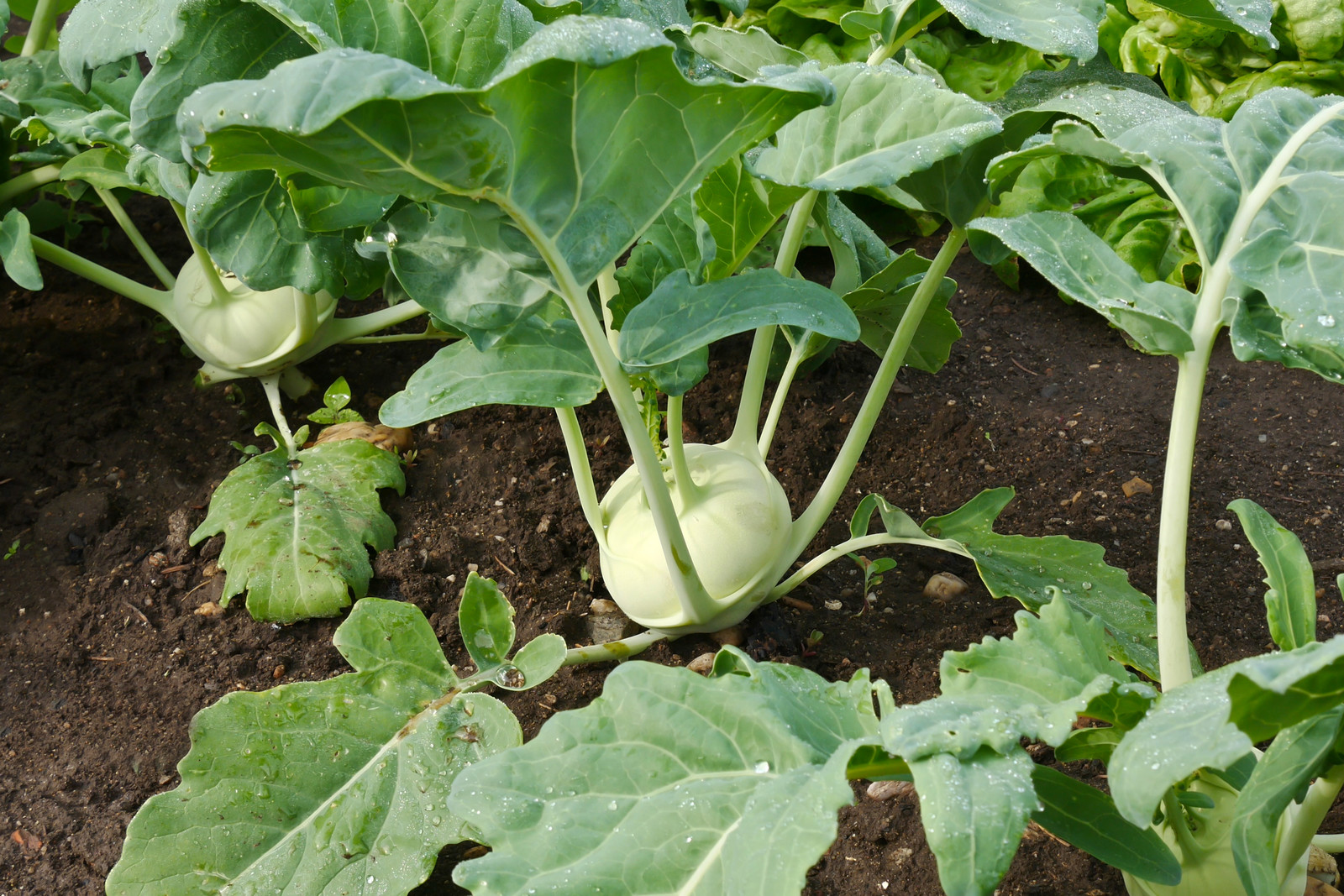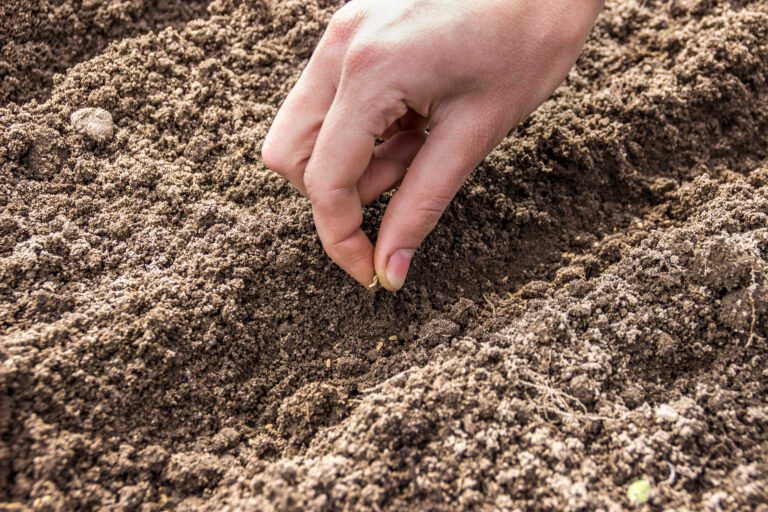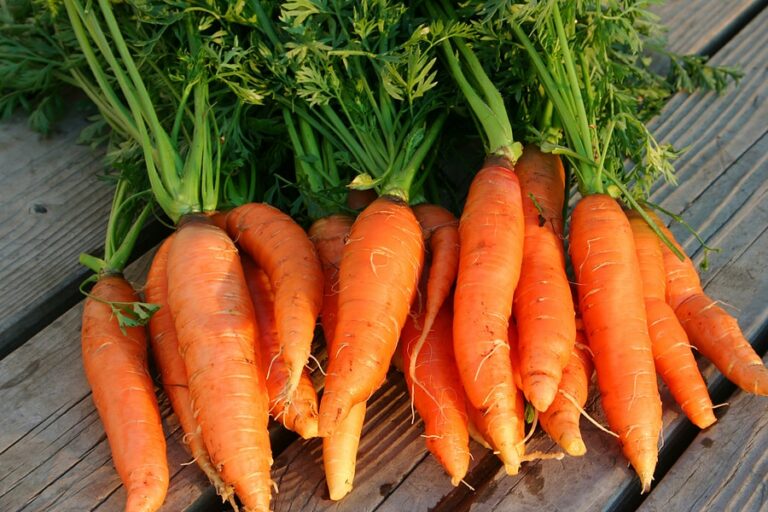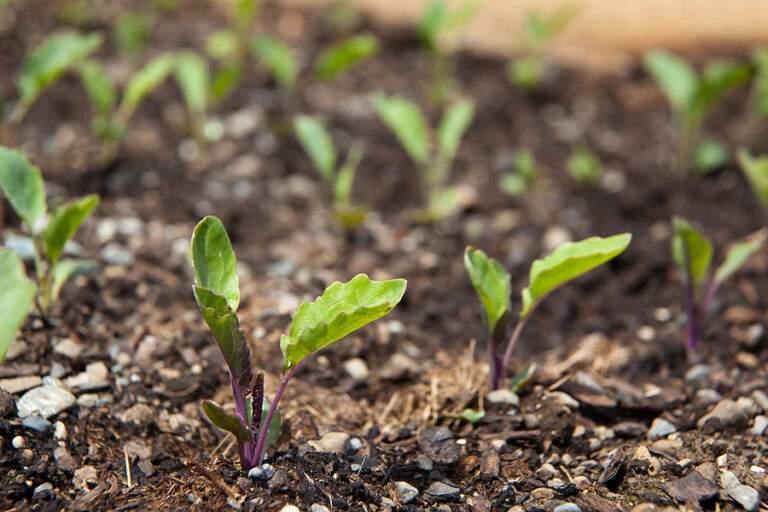When to Plant Kohlrabi: Seasonal Planting Guide
Kohlrabi is a cool-season, fast-growing brassica that thrives in mild temperatures. With over 30 years of gardening experience in California, I’ve learned that planting at the right time is crucial for healthy, tender bulbs and high yields. Plant too early in hot weather, and seedlings may bolt or become bitter; plant too late, and frost or heat can reduce harvest quality. This guide provides a seasonal planting roadmap for both home gardens and containers.
Step 1: Understanding Kohlrabi’s Temperature Preferences
- Ideal growing temperature: 60–75°F (16–24°C).
- Kohlrabi is frost-tolerant, but extended freezes can damage leaves.
- Heat stress can cause bolting and smaller, woody bulbs.
💡 Experience Tip: In Sonoma Valley, I’ve successfully grown kohlrabi in both late winter and early fall for optimal flavor.
Step 2: Spring Planting
- Sow seeds indoors 4–6 weeks before the last expected frost.
- Transplant seedlings outdoors when they have 2–4 true leaves and the soil is workable.
- Direct sowing can also be done as soon as the soil reaches 45–50°F (7–10°C).
Benefits:
- Early harvest before summer heat.
- Longer growing season for larger bulbs.
Step 3: Fall Planting
- Direct sow seeds 8–10 weeks before first expected frost.
- Transplant seedlings grown indoors or in cold frames to extend the season.
- Use row covers to protect young plants from early frosts.
Benefits:
- Cooler temperatures enhance sweetness and tenderness.
- Reduced pest pressure compared to spring plantings.
Step 4: Summer Considerations
- Avoid planting kohlrabi during peak summer heat; seedlings may bolt or become tough.
- If growing in containers, partial shade and regular watering can allow a late-summer harvest in mild climates.
Step 5: Regional Adjustments
- Cool climates: Plant as soon as soil can be worked in spring; late summer for fall harvest.
- Warm climates: Aim for fall and winter plantings to avoid heat stress.
- Containers: Plant slightly later than in-ground beds to control soil temperature and moisture more easily.
💡 Experience Tip: I stagger plantings every 2–3 weeks to ensure a continuous harvest from early spring to late fall.
My Experience
Planting kohlrabi at the right time of year is essential for producing tender, flavorful bulbs. By understanding seasonal temperature preferences and adjusting for your region, you can enjoy a reliable, continuous harvest. Hands-on experience confirms that careful timing—combined with proper care—maximizes yield and quality in both garden beds and containers.
Kohlrabi Seasonal Planting Calendar by USDA Zone
| USDA Zone | Spring Planting | Fall Planting | Notes / Tips |
|---|---|---|---|
| 3–5 (Cold Climates) | Sow indoors 4–6 weeks before last frost; transplant after frost danger passes | Sow 8–10 weeks before first frost; use row covers | Short growing season; start indoors for early harvest |
| 6–7 (Mild Climates) | Sow indoors or direct sow as soon as soil reaches 45–50°F | Direct sow late summer for fall harvest | Can plant in both spring and late summer for continuous harvest |
| 8–9 (Warm Climates) | Sow indoors in late winter; transplant in early spring | Sow in late summer/fall; plant in partial shade | Avoid peak summer heat to prevent bolting; fall harvest produces sweetest bulbs |
| 10–11 (Hot Climates) | Best to skip spring planting; start fall plantings in September | Direct sow in fall; protect from mild frost | Focus on fall/winter growing; heat-stressed kohlrabi becomes woody |
General Planting Tips
- Spacing: 8–12 inches between plants; 12–18 inches between rows.
- Temperature: Kohlrabi grows best in 60–75°F (16–24°C).
- Succession Planting: Sow every 2–3 weeks for a continuous harvest.
- Containers: Adjust planting slightly later than in-ground beds to manage soil temperature.
💡 Gardener’s Tip from Experience:
By aligning planting with USDA zone recommendations and seasonal temperatures, you ensure tender, flavorful kohlrabi bulbs and reduce pest or bolting issues.
Kohlrabi Growing Hub
Start here: The Ultimate Guide to Growing Kohlrabi: From Seed to Harvest
🌱 Planning & Varieties
- Best Kohlrabi Varieties to Grow in Your Garden – Compare early, late, and specialty varieties for flavor, color, and growth speed.
- When to Plant Kohlrabi: Seasonal Planting Guide – Spring, summer, and fall planting windows for cool, crisp bulbs.
- Kohlrabi Companion Planting: Best and Worst Neighbors – Plants that boost growth or deter pests naturally.
- Growing Kohlrabi in Containers and Small Spaces – Pot size, soil mix, and care for urban gardens.
🌿 Seed Starting & Transplanting
From seed to sturdy seedlings.
- Kohlrabi Seed Starting Tips – Germination tips, soil temperature, and timing for successful strong plants.
- How to Transplant Kohlrabi Seedlings Successfully – Hardening off, spacing, and planting depth for seedlings.
- Kohlrabi Spacing and Layout for Maximum Yield – Row vs. raised bed spacing, companion planting considerations.
🌾 Care & Maintenance
Tips for strong growth and pest-free plants.
- How to Water Kohlrabi for Healthy Growth – Deep watering, frequency, and tips for preventing bulb splitting.
- Fertilizing Kohlrabi: Tips for Bigger, Sweeter Bulbs – Organic and synthetic feeding strategies, nitrogen needs, and timing.
- Kohlrabi Care and Maintenance: Step-by-Step Guide – Mulching, thinning, pruning, and ongoing plant care tips.
- Common Kohlrabi Pests and Diseases and Natural Control Methods – Aphids, cabbage worms, clubroot, and preventive strategies.
🥗 Harvesting & Storing
Ensure top flavor and long-lasting storage.
- How to Harvest and Store Kohlrabi – Bulb size, leaf use, and storage timing.
🍽 Using Your Harvest
Inspired ways to enjoy their crop.
- Ten Ways to Cook and Serve Kohlrabi – How to prepare, cook, and enjoy kohlrabi leaves and bulbs.







